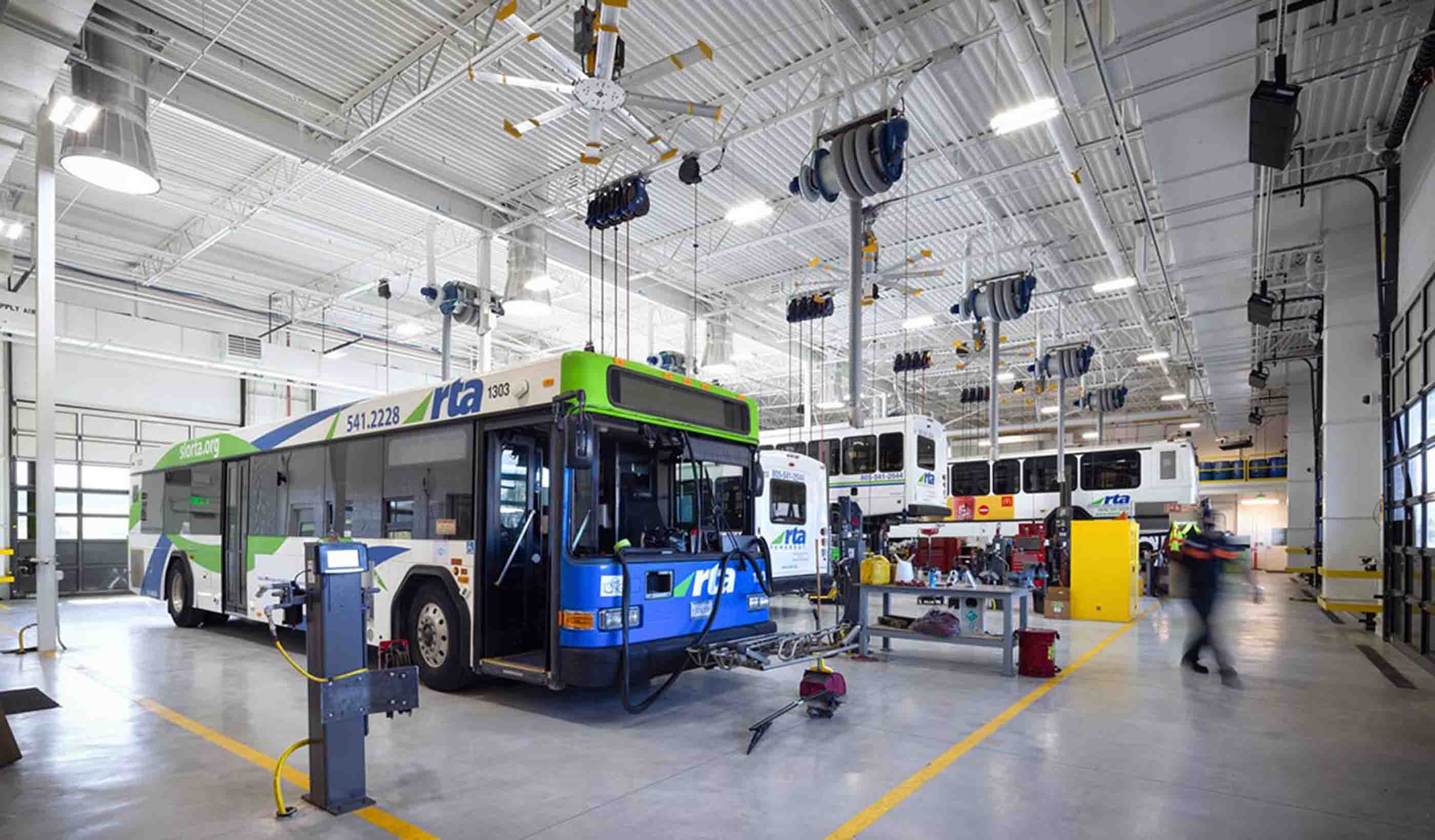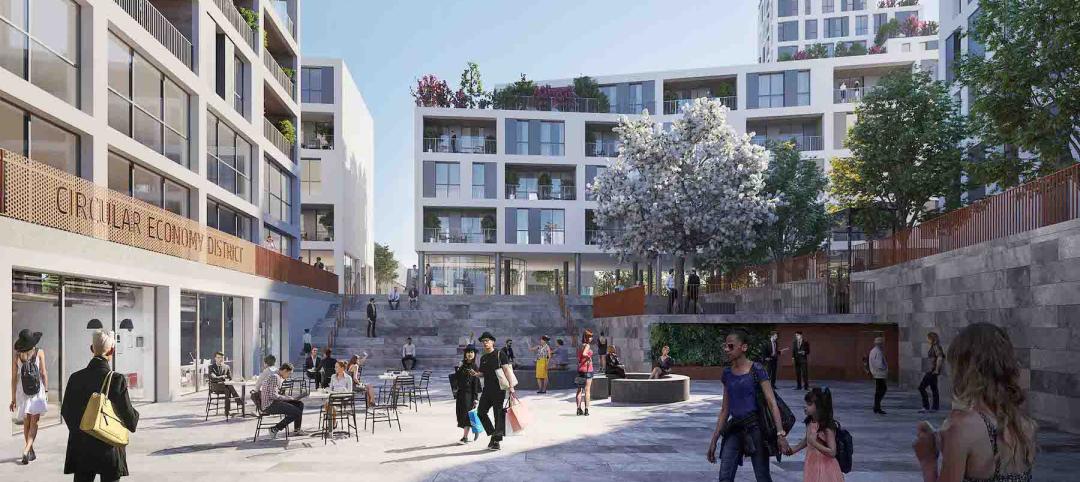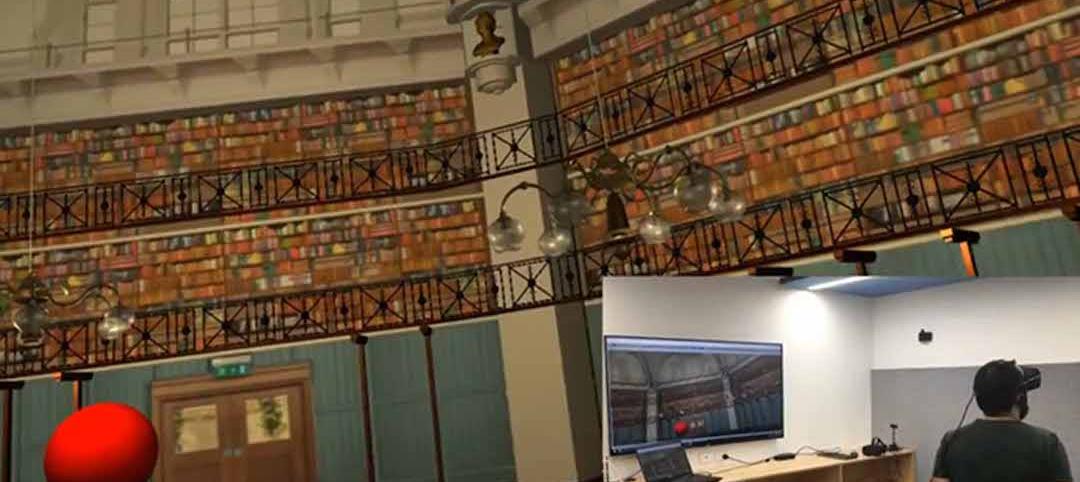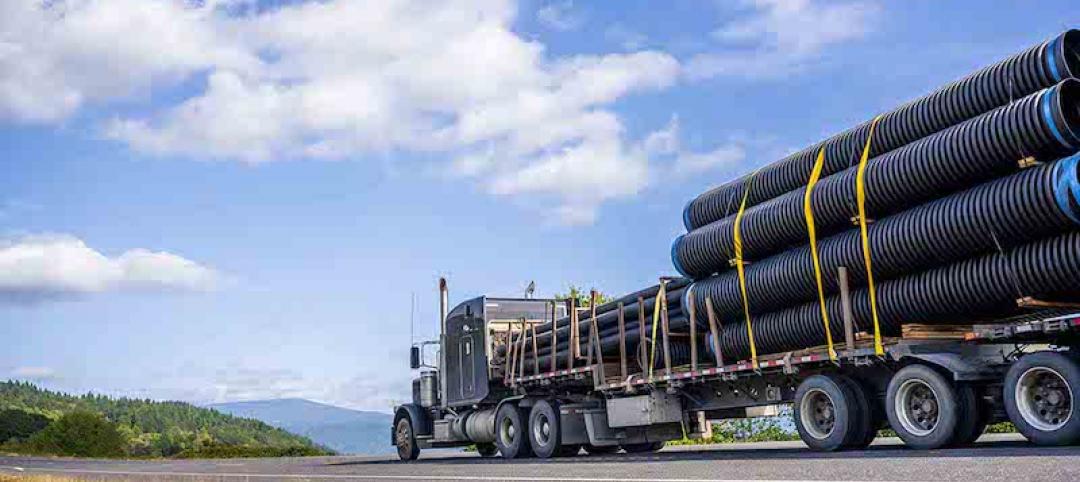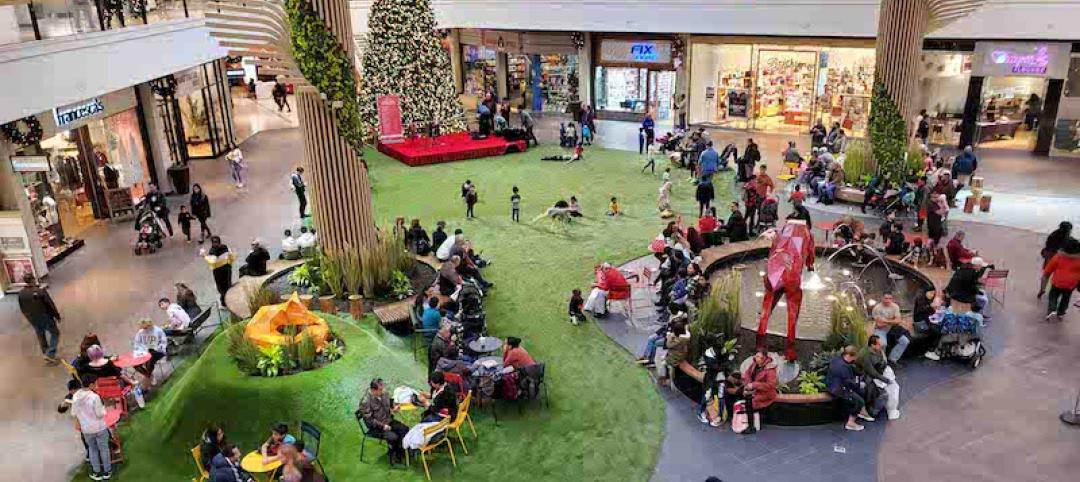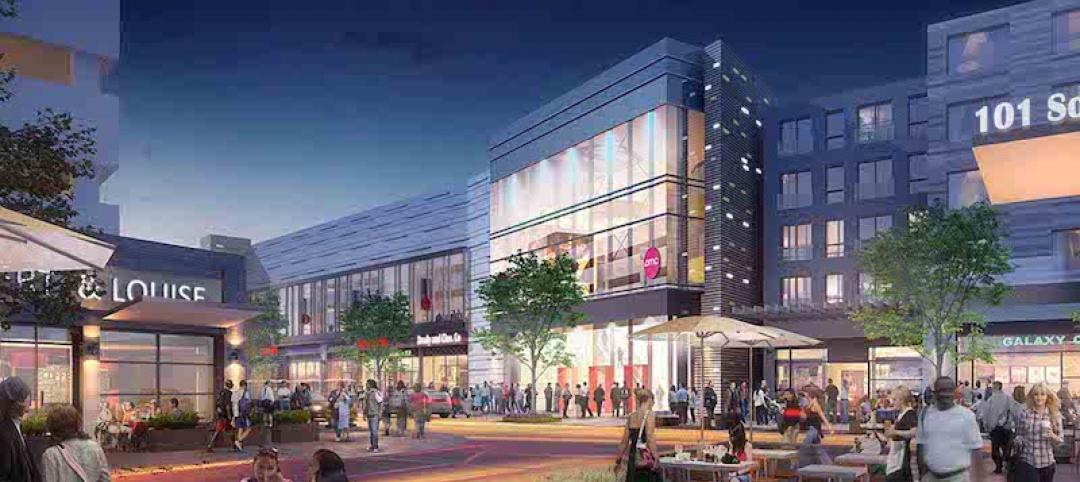Today’s operation, maintenance, and storage facilities (OMSF) are often immense. They commonly appear to have abandoned the human scale that helps define the architectural language of successfully built environments: Oversized garage doors, expansive and uninterrupted facades, large parking lots, and enormous sites. The buildings seem made for giants, not people. In truth, they’re made for trucks, for automation, and efficiency. But that’s not enough.
Behind these expansive walls and extra-large doors is an enterprise that relies on the safety, wellness, and efficiency of its occupants. Optimal operational efficiencies are critical to designing a successful maintenance and storage facility. It requires a deep understanding of both the automation and flow of equipment as well as the human interactions that operate the building. More importantly, these buildings must be designed to enrich the human experience, ensuring the safety and the overall well-being of their occupants. This is a unique challenge within large-scale maintenance facilities. Too often, the human scale is overlooked during critical stages of design in favor of technology, equipment, and infrastructure.
How to use human-centric design in OMSF
Through thoughtful and empathetic design, we can design facilities that host complex, large-scale industrial processes and connect to the needs of the human experience. We have examples in workplace and similar sectors of how thoughtful human-centric design can improve overall operation efficiencies, promote employee health and well-being, and increase retention.
Here are some key thoughts we can apply to ensure the human experience guides the overall design and function of an OMSF.
Make wellness a priority
Data shows that human-centric and empathetic design is linked to the happiness, health, and wellness of those who use the building. We also know that wellness can make a positive impact on productivity and operational efficiency.
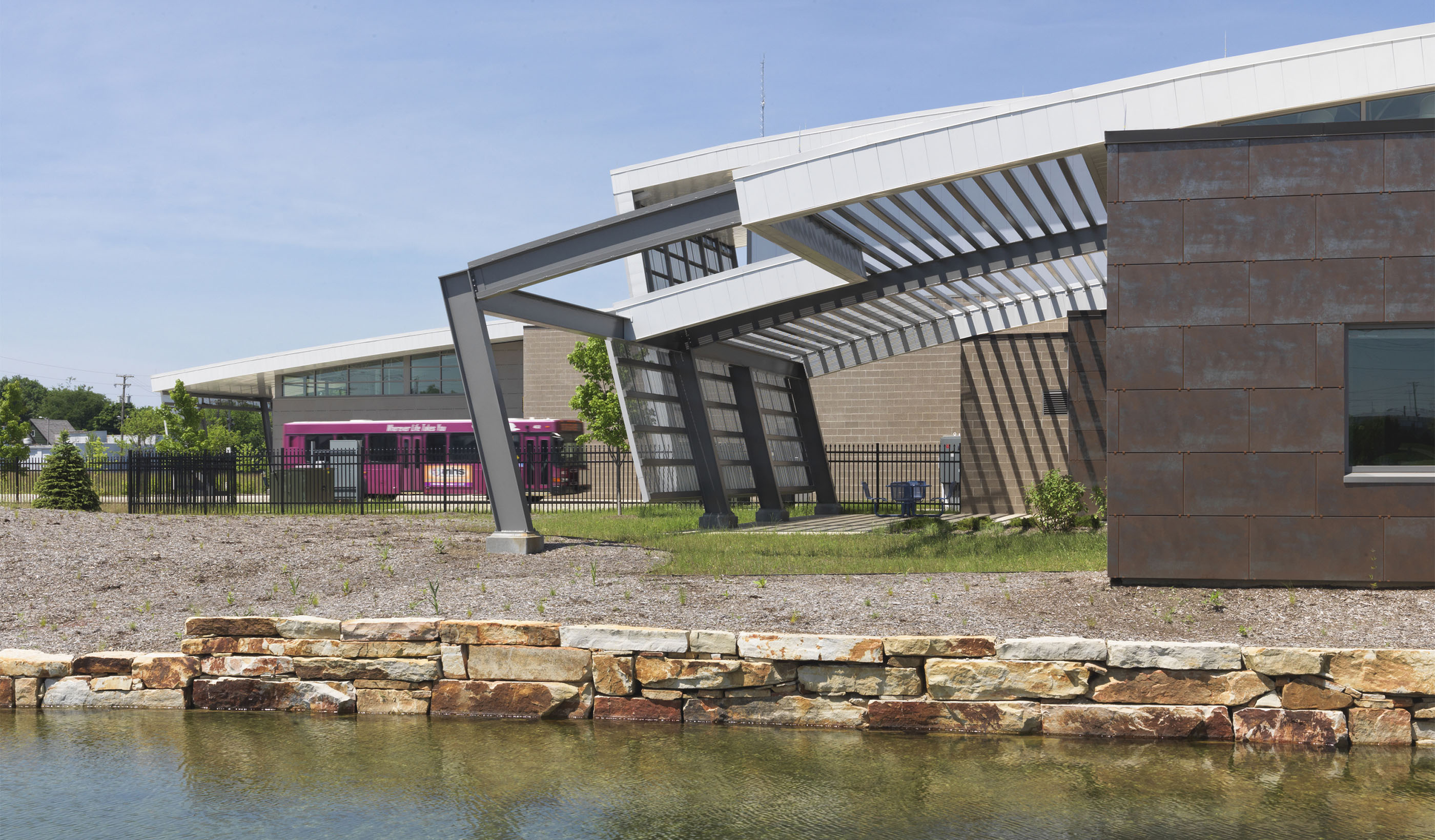
Wellness is connected to various elements that impact the quality of space. We should consider these in our design for OMSF:
- Volume and quality of natural light, clearstories, and light wells: Natural light helps reduce operational costs and it impacts the health and happiness of building occupants. Further, biophilia—a visual connection to the outdoors—can reduce stress levels and help occupants feel relaxed and more focused. Designing thoughtful visual connections along with well-placed lightwells and clearstories helps boost wellness.
- Air quality and ventilation: OMSF have major mechanical demand. One design challenge is providing required airflow and ventilation for a healthy and safe work environment. Understanding variable design needs for multiple, complex, and interactive parameters ensure we are providing systems that meet worst-case scenarios while also offering the most energy- and cost-efficient solutions. Lead by updates in building codes, we design building systems that are not only safe but are driven by empathetic and thoughtful design.
- Acoustic comfort: Research shows that environmental noise exposure can influence quality of life and health. And it’s annoying, too. The World Health Organization lists several noise-related issues. They include interfering with communication, disturbing sleep, and causing cardiovascular health problems. It’s critical to limit exposure to physically harmful noise levels and address chronic noise issues.
- Shared spaces: Work has a social component. We can enhance that experience through design to promote well-being and camaraderie. OMSF facilities need common spaces to drive community and enhance a sense of belonging in staff.
Remember that humans are central to the design process
Human figures are a forgotten key in most architectural drawings. They help to provide simple and clear indications of scale or a proper sense of depth. As Marco Frascari observed in On the Human Figure in Architectural Representation, human figures in architectural drawings can help to show how projected buildings might be perceived and inhabited. By using figures in our models and drawings we are reminded of the human scale in buildings.
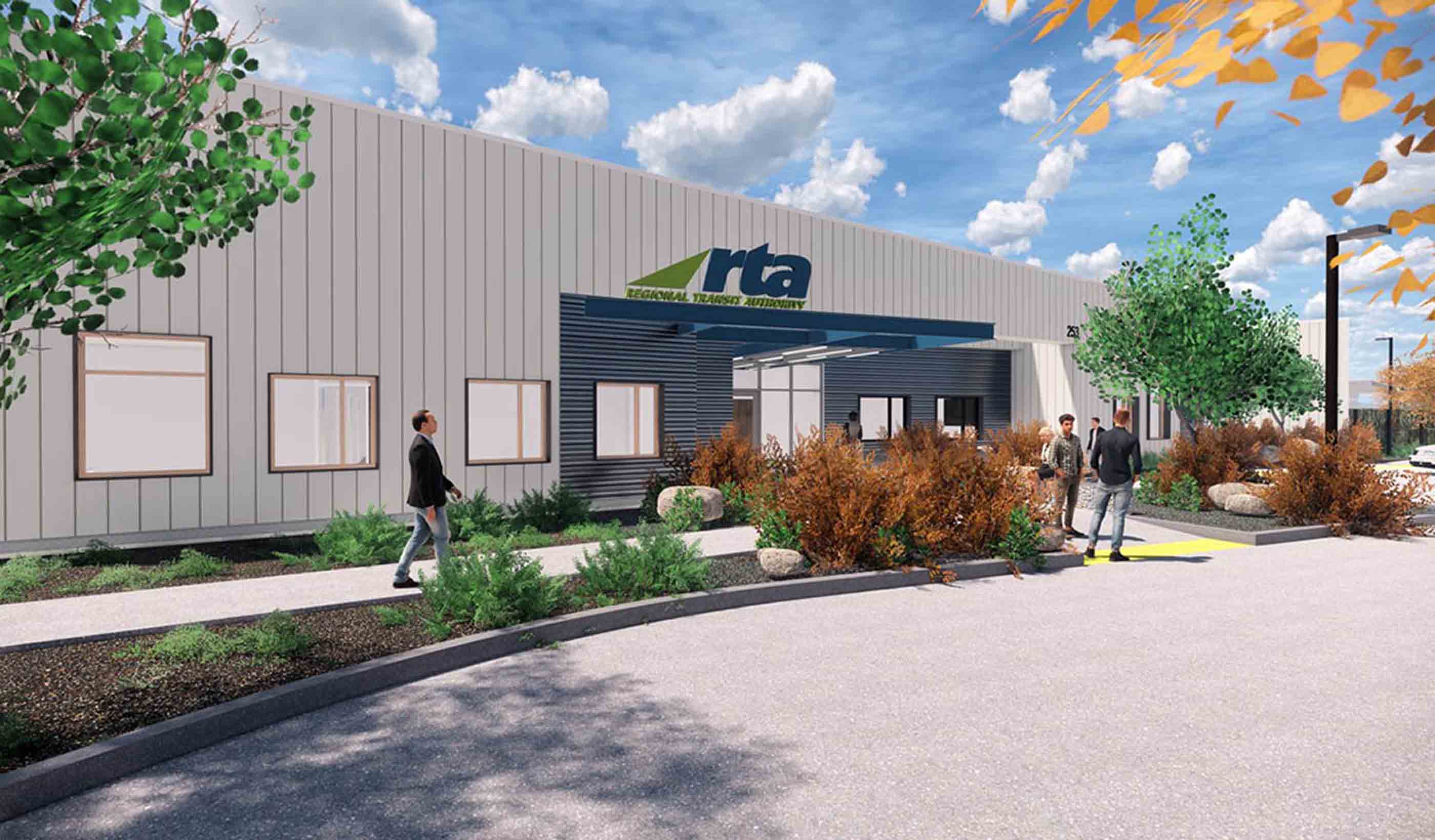
This is critical in OMSFs as they are defined by the dimensions and movements of vehicles and are often oversized. This practice can help ensure that the end users’ interaction with the building and its equipment, including proper ergonomics, is carefully considered throughout the evolution of design. Following are three key thoughts:
- A human figure can help us refine our understanding of the interaction of employees, processes, and equipment. Then we can focus on efficiencies and healthy, ergonomic conditions.
- Collaborating with our industrial engineers can help us find human-centered solutions that promote efficiency. And we work together to also focus on the above priorities. Our engineers must link optimization and industrial processes with a human-centric design.
- Emphasize human scale as a design principal. We need to highlight industrial design that gets it right. Where are the examples of successful human scale industrial buildings and what can we learn from them? How can we promote human scale design in competitions and highlight it in conferences?
The labor crisis
For the first time in decades, employers across North America are facing a severe labor crisis. It is difficult for businesses to attract talent and critical for them to retain it. Ensuring a workplace that is thoughtful about the health and wellness of the workers is key to attracting and retaining high-performing mechanics, operators, and administrators. Differentiating a workplace through thoughtful and measured design—where the health and well-being of its occupants drive critical design decisions—can has significant impacts on the business. It affects human resources, job satisfaction, employee retention, employee engagement, and efficiency.
Collaboration with our workplace experts helps us understand how to focus on a design for users. This is an investment in the employees. The strategies of the designer must meet the changing and diverse needs of all the roles at the OMSF. This holistic understanding of an organization ensures we meet the goals of the entire organization within a building type that traditionally did not consider the movement, efficiencies, health, and well-being of its occupants.
Design for the human scale is important in industrial buildings as it is in any workplace. Designers need to advocate for placing people at the center of our OMSF designs. That’s how we will make better industrial spaces that enhance life, wellness, and community.
More from Author
Stantec | Apr 18, 2024
The next destination: Passive design airports
Today, we can design airports that are climate resilient, durable, long-lasting, and healthy for occupants—we can design airports using Passive House standards.
Stantec | Mar 18, 2024
A modular construction solution to the mental healthcare crisis
Maria Ionescu, Senior Medical Planner, Stantec, shares a tested solution for the overburdened emergency department: Modular hub-and-spoke design.
Stantec | Nov 20, 2023
8 strategies for multifamily passive house design projects
Stantec's Brett Lambert, Principal of Architecture and Passive House Certified Consultant, uses the Northland Newton Development project to guide designers with eight tips for designing multifamily passive house projects.
Stantec | Jul 6, 2022
5 approaches to a net zero strategy that communities can start right now
Whether your community has started on a plan or is still considering net zero, now is the time for all of us to start seriously addressing climate change.
Stantec | Feb 14, 2022
5 steps to remake suburbs into green communities where people want to live, work, and play
Stantec's John Bachmann offers proven tactic for retrofitting communities for success in the post-COVID era.
Stantec | Feb 8, 2022
How gaming technology is changing the way we design for acoustics
Adding 3D sound from gaming engines to VR allows designers to represent accurate acoustic conditions to clients during design.
Stantec | Dec 15, 2021
EV is the bridge to transit’s AV revolution—and now is the time to start building it
Thinking holistically about a technology-enabled customer experience will make transit a mode of choice for more people.
Stantec | Sep 3, 2021
Passports to a net-zero carbon future
How materials passports can help designers achieve social value and net-zero carbon.
Stantec | Aug 25, 2021
The mall of the future: Less retail, more content
For the mall to survive, it will need to embrace nontraditional uses and “messy vitality.” Here’s how to do it.
Stantec | May 21, 2021
Kick-starting the rebirth of North America’s malls
Our outdated malls can be remade for a renaissance. Here’s how to get started.

